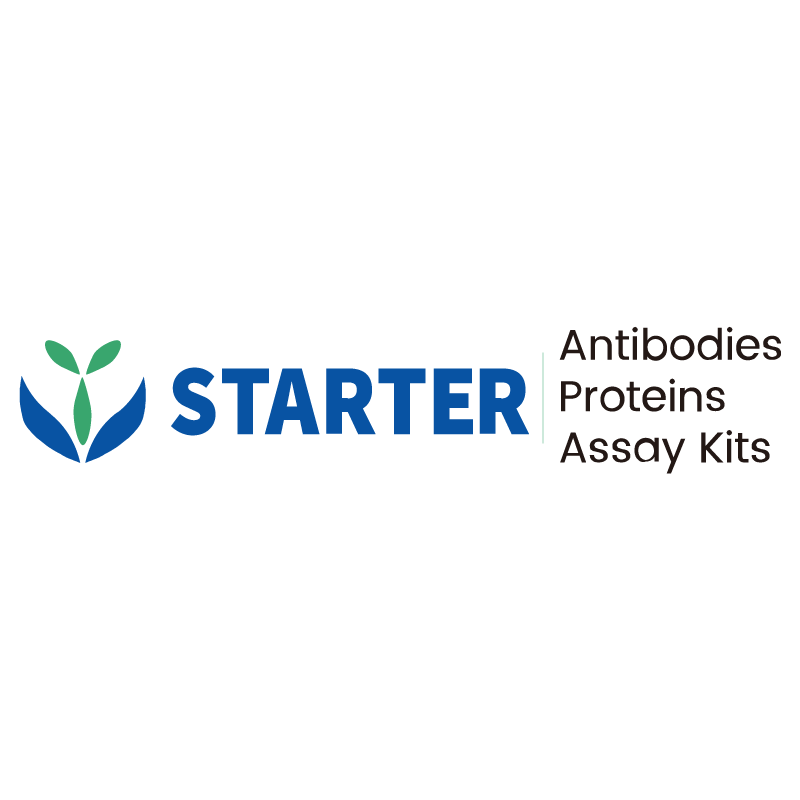Product Details
Product Details
Product Specification
| Host | Rat |
| Antigen | CD96 |
| Synonyms | T-cell surface protein tactile; Cell surface antigen CD96; T cell-activated increased late expression protein; Cd96 |
| Location | Membrane |
| Accession | Q3U0X8 |
| Antibody Type | Rat mAb |
| Reactivity | Ms |
| Purification | Protein G |
| Concentration | 5 mg/ml |
| Endotoxin | <2EU/mg |
| Conjugation | Unconjugated |
| Physical Appearance | Liquid |
| Storage Buffer | PBS pH7.4 |
| Stability & Storage | 12 months from date of receipt / reconstitution, 2 to 8 °C as supplied |
Background
CD96, also known as TACTILE (T cell activation, increased late expression), is a type I transmembrane glycoprotein belonging to the immunoglobulin superfamily, encoded by the CD96 gene. It is primarily expressed on T cells and natural killer (NK) cells, and is involved in immune regulation. CD96 shares sequence similarity with CD226 (DNAM-1) and competes with it for binding to CD155, its main ligand. This interaction can inhibit NK cell function and cytokine responses, making CD96 a potential target for cancer immunotherapy. Research has shown that blocking CD96 can enhance antitumor immunity, particularly when combined with other treatments such as anti-PD-1 or anti-CTLA-4 therapies. Additionally, CD96 expression is associated with immune infiltration and poor clinical outcomes in some cancers, further highlighting its potential as a therapeutic target.


